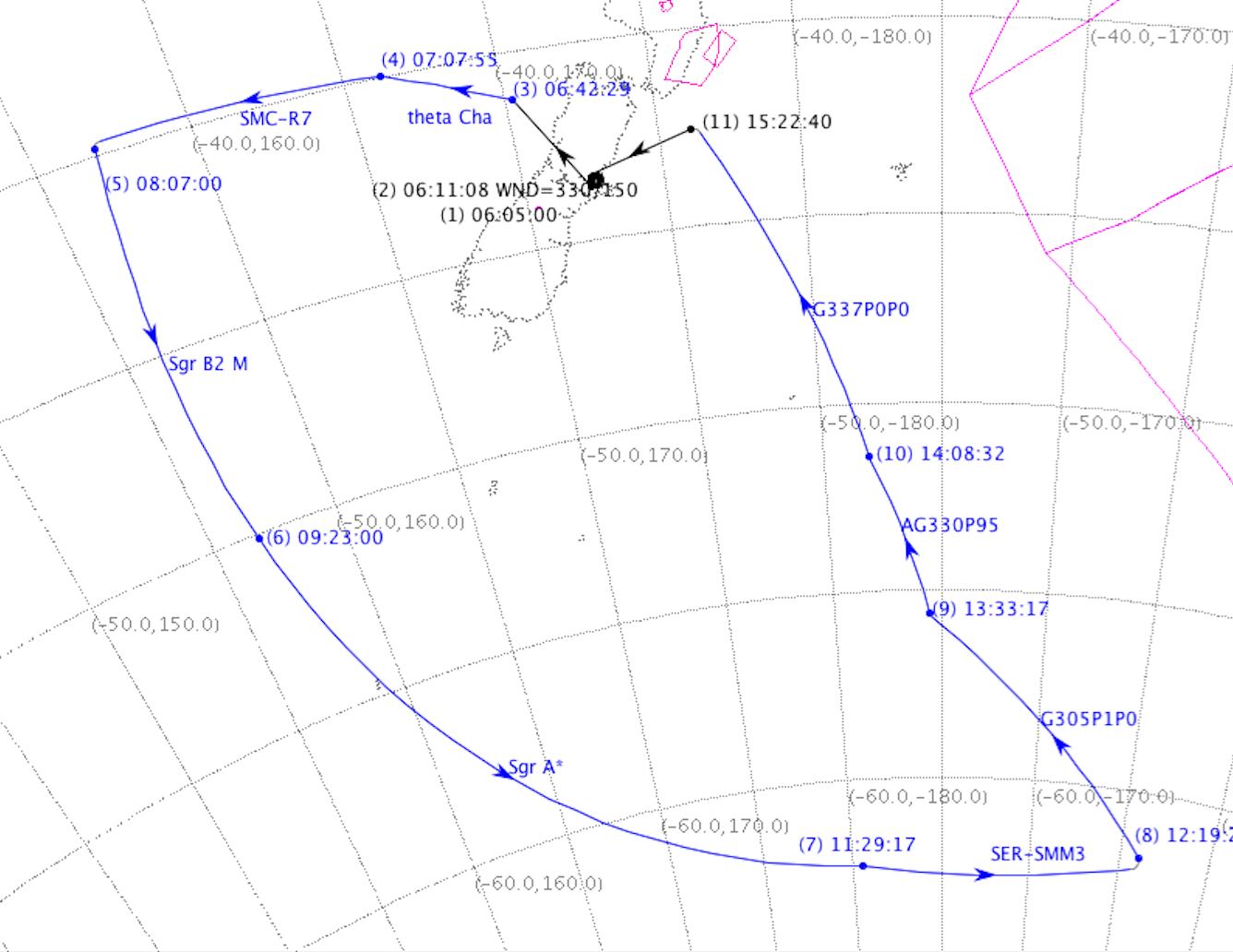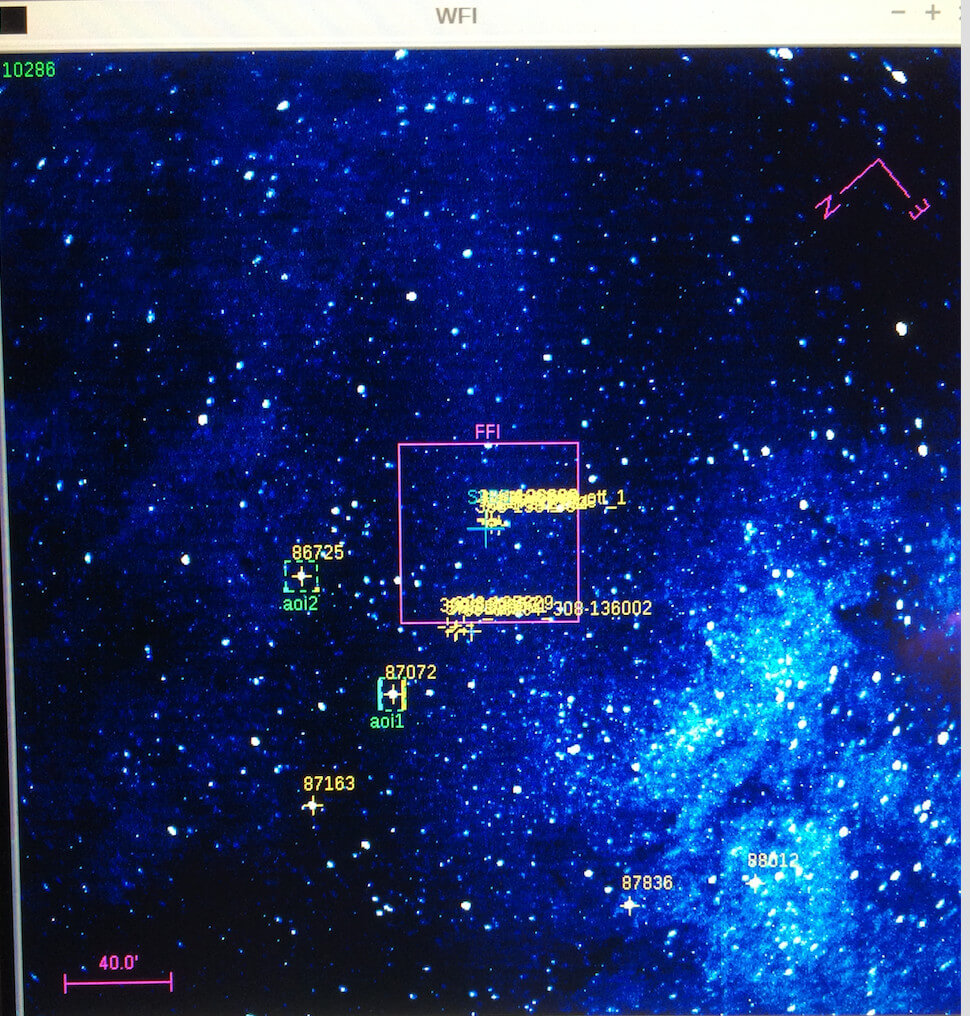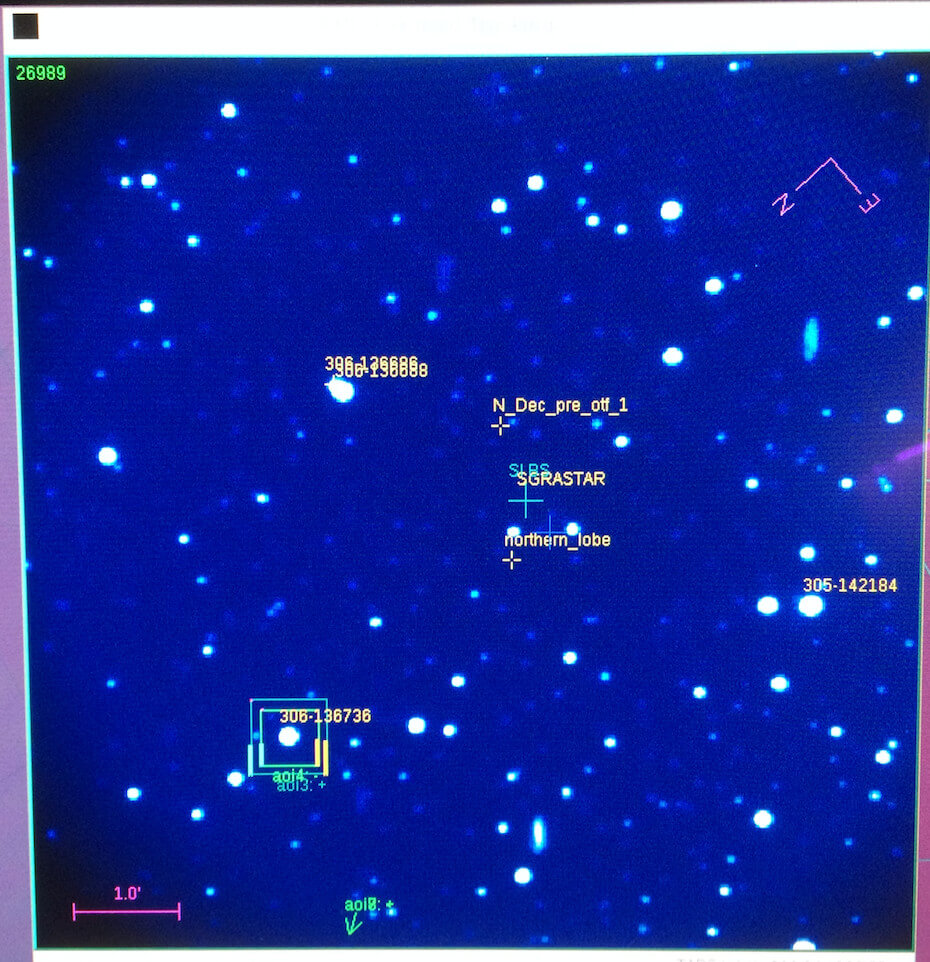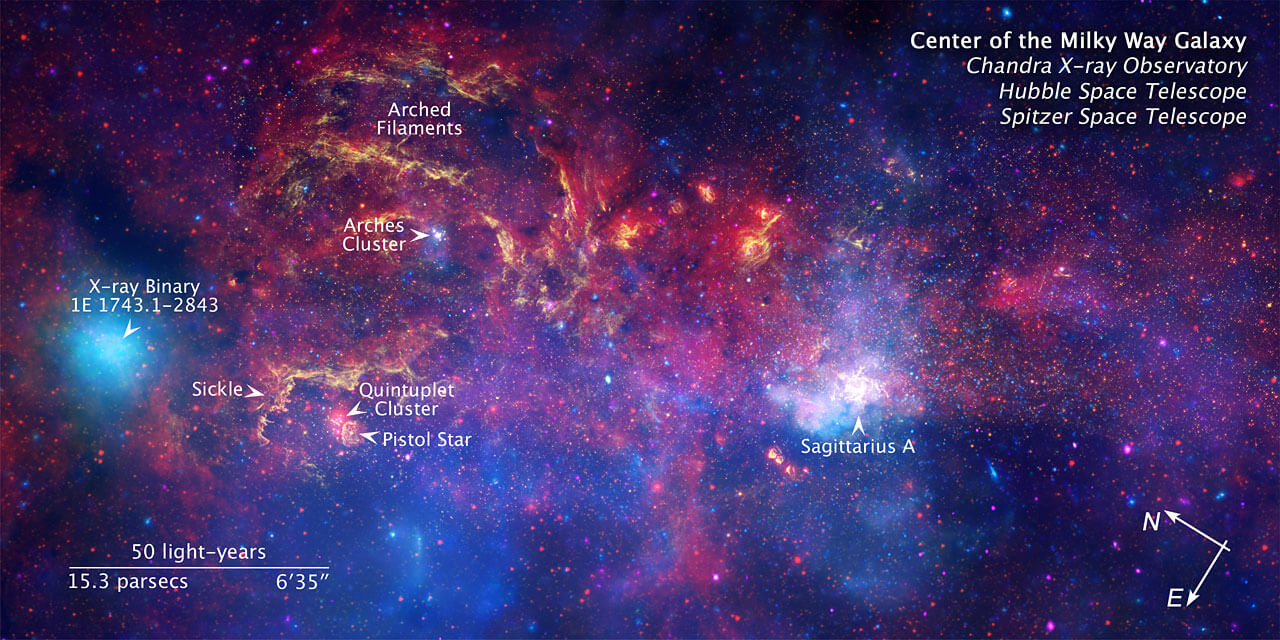June 29, 2017
Last night (June 28th) aboard SOFIA, we observed star formation regions in the Small Magellanic Cloud, did a survey of neutral gas within the Galactic Center, plus looked for oxygen in low mass protostars and in the envelopes of interstellar clouds. The method we use is spectroscopy, and in more particular, high-resolution spectroscopy to isolate the wavelength (or frequency) of a particular atomic or molecular transition.
When observing on the flying observatory, the time spent on each target is optimized in advance to take into account the position of the object in the sky, the direction of the airplane, and the motion of the sky throughout the observation. When you add in the constraint the airplane takes off from Christchurch and has to return to Christchurch combined with the fact that the telescope only looks out the “left” (port) side of the 747SP, it makes for unique flight plans each night.
When looking what to do after the June 27th flight had been resheduled, there was a trade to either fly the June 28th as is, or modify the July 27th flight plan for the 28th or a hybrid. It was decided that for the best science, we would re-fly the plan from June 27th and adjust it by 4 minutes (to account for the Earth’s motion around the Sun since 24 hrs earlier). Often targets are observed on multiple flight dates and many of the June 27th targets would be observed the following week. Whereas, a big mapping program would suffer from a “hole in coverage” if we did not recover that series of observations.
 Flight Plan for the June28th SOFIA flight.
Flight Plan for the June28th SOFIA flight.
During the night, we found ourselves staring a long time into Sgr A*, pronounced ‘Sag A-Star’, which is bright radio source at the center of our Galaxy, which when viewed from Earth is in the constellation Sagittarius. Evidence has been mounting that Sgr A* is a supermassive blackhole, as telescopes have measured the speeds of stars orbiting that point in space at much higher speeds than any other star in the galaxy.
How can our SOFIA spectroscopic observations with the GREAT instrument shed some light on the mysteries of our Galaxy’s center? Well, we are probing a specific transition of atomic oxygen, whose emission is in the far-infrared and within the wavelength range of the GREAT spectrometer. Scientists are trying to measure the amount of neutral (not ionized) gas that is infalling into the black hole. With the high spectral resolution provided by the GREAT spectrometer scientists can actually measure the Doppler shift in the gas, and determine how fast the gas is moving and its direction of motion. This new 4th dimension (velocity) combined with assessing the amount of material (mass) will help put constraints on how the black hole at the center of our galaxy is being fed.

Image from the guide camera, centered on Sgr A* with a 6×6 degree field of view.
We can see the bright Milk Way nebulosity diagonal across this 6 x 6 degree image in the visible wide-field guide camera. (As a sense of the area in this image: The Full Moon’s diameter when viewed from Earth is ½ degree).
When we zoom into the middle 8×8 arcmin (1 arcmin is 1/60th of a degree) our narrow cone of light reveals a “boring” star field. However, this is one of the most exciting places in our galaxy when observed in the infrared.

To get a sense of how multi-wavelength views of our universe tells us different things, check out the Milky Way’s Galactic Center in the visible, infrared and x-rays.
Link here: https://photojournal.jpl.nasa.gov/catalog/PIA12348

(From https://www.spacetelescope.org/images/opo0928g/)
Sgr A* or Sagittarius A is indicated to the middle-right.
Now, if only we had infrared eyes to see this for ourselves. So we are thankful for having the SOFIA Telescope to allow us to continue to study your nearby universe as “our IR eyes.”
